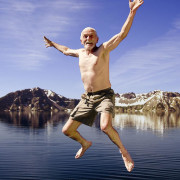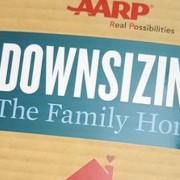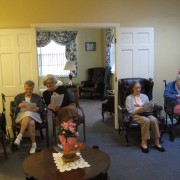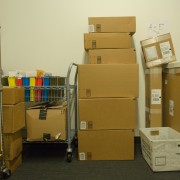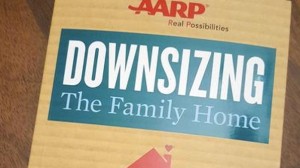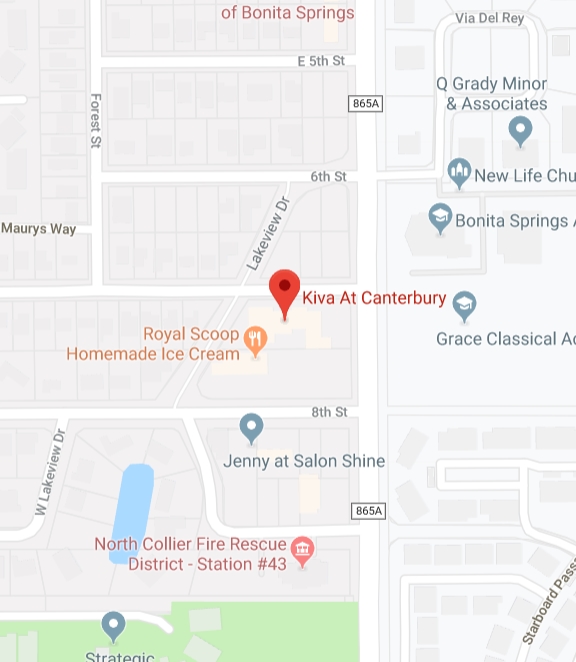There are many indicators that cognitive or physical decline is happening. It is hard for adult children, spouses and siblings who may visit briefly to know when it is time to move their loved one into a safer and more social environment like an Assisted Living Community.
A diagnosis of dementia or a degenerative disease may happen while a person is still very able to handle most of the aspects of their lives. So when is the right time, where is that invisible line?
Here are five sure signals that it is time.
- What’s that smell??? If your loved one who has always been clean is no longer attending to their personal hygiene, it is probably time for them to get some regular help with that. If you have noticed a strong urine odor, or clothing is being worn multiple times without washing, it is probably time for Assisted Living.
- Lack of housekeeping. Check out the kitchen and the fridge when you visit. Things to look for are a more-than-normal stash of spoiled food that has not been thrown away. You may see dishes are undone and there is an un-characteristic untidiness.
- Even though you may set out their medications in daily pill boxes, they still lose track of medications. They forget to take them or take too large a dose.
- Trouble getting to the bathroom or moving around the house. … Falling — sometimes families install a necklace alert that the elderly person can push if they fall or get into trouble. But if you loved one is forgetting to wear the necklace or forgetting the purpose of it… time to move to Assisted Living.
- Is she or he no longer making sound decisions or observations? For example, when the phone rings, are they able to answer in a timely manner? Are they able to tell a solicitation call from another kind of call? Are they becoming vulnerable to scam artists? Do they forget to turn off the stove or the water faucet? Are they able to make a phone call?
Those five are absolutes. There are other indicators that may also trigger the need to move into a caring community. If your loved one is in the early stages and you don’t see these absolutes, now is the time to tour homes and decide where would be the best place.
Planning ahead will make the transition smoother and you may be able to include you loved one in the decision earlier on. Be sure to choose a facility with secure memory care, like Kiva Assisted Living. The units are designed for comfort and safety and the staff have training on assisting in a compassionate and effective manor.
Contact us at Kiva for a tour and start you plan for when you see one of the five top indicators.



